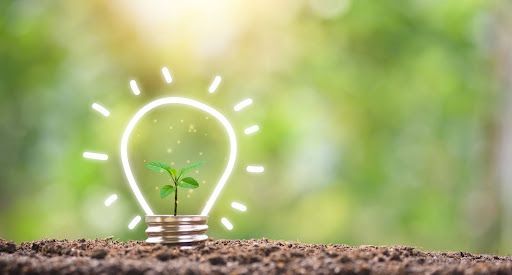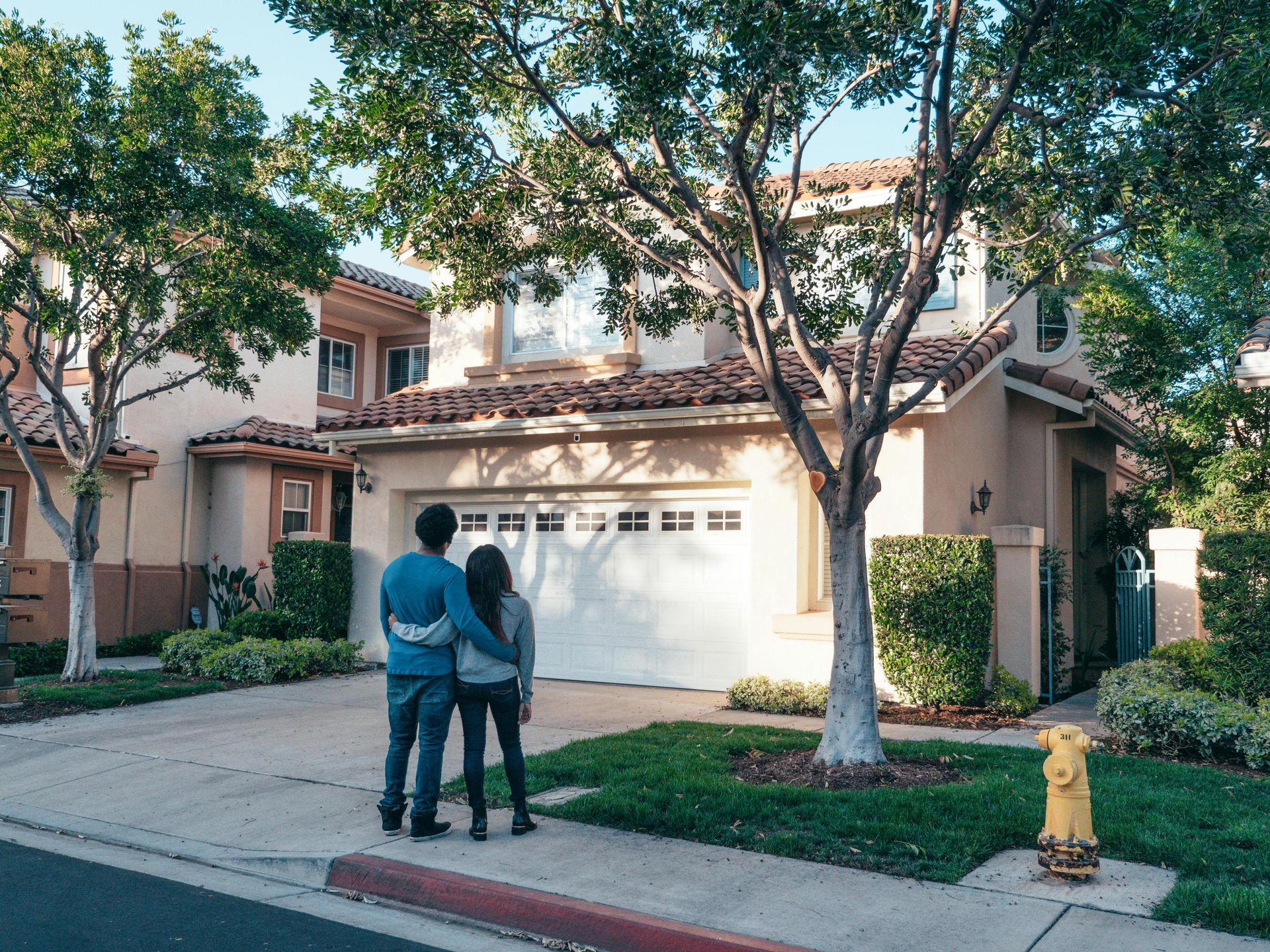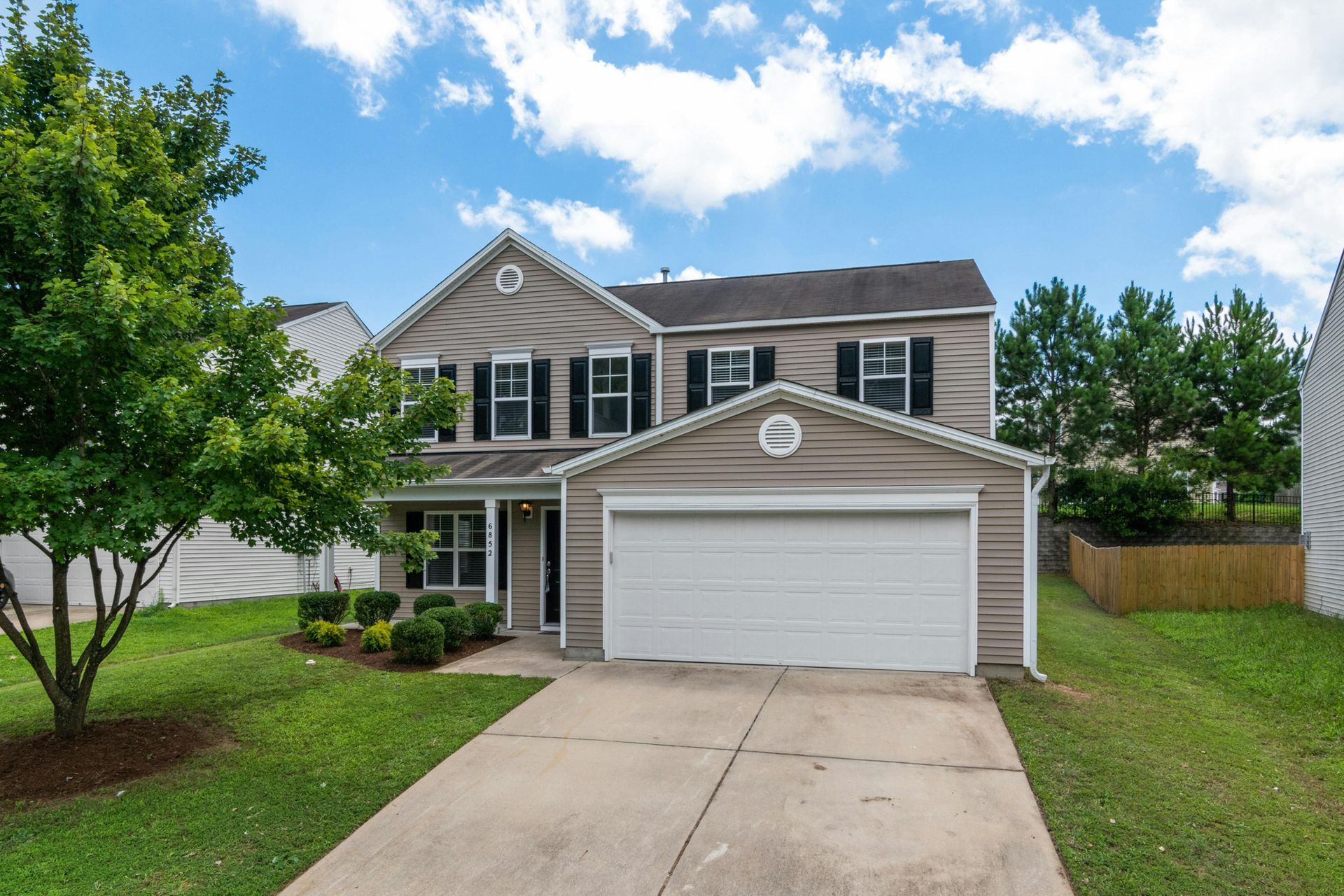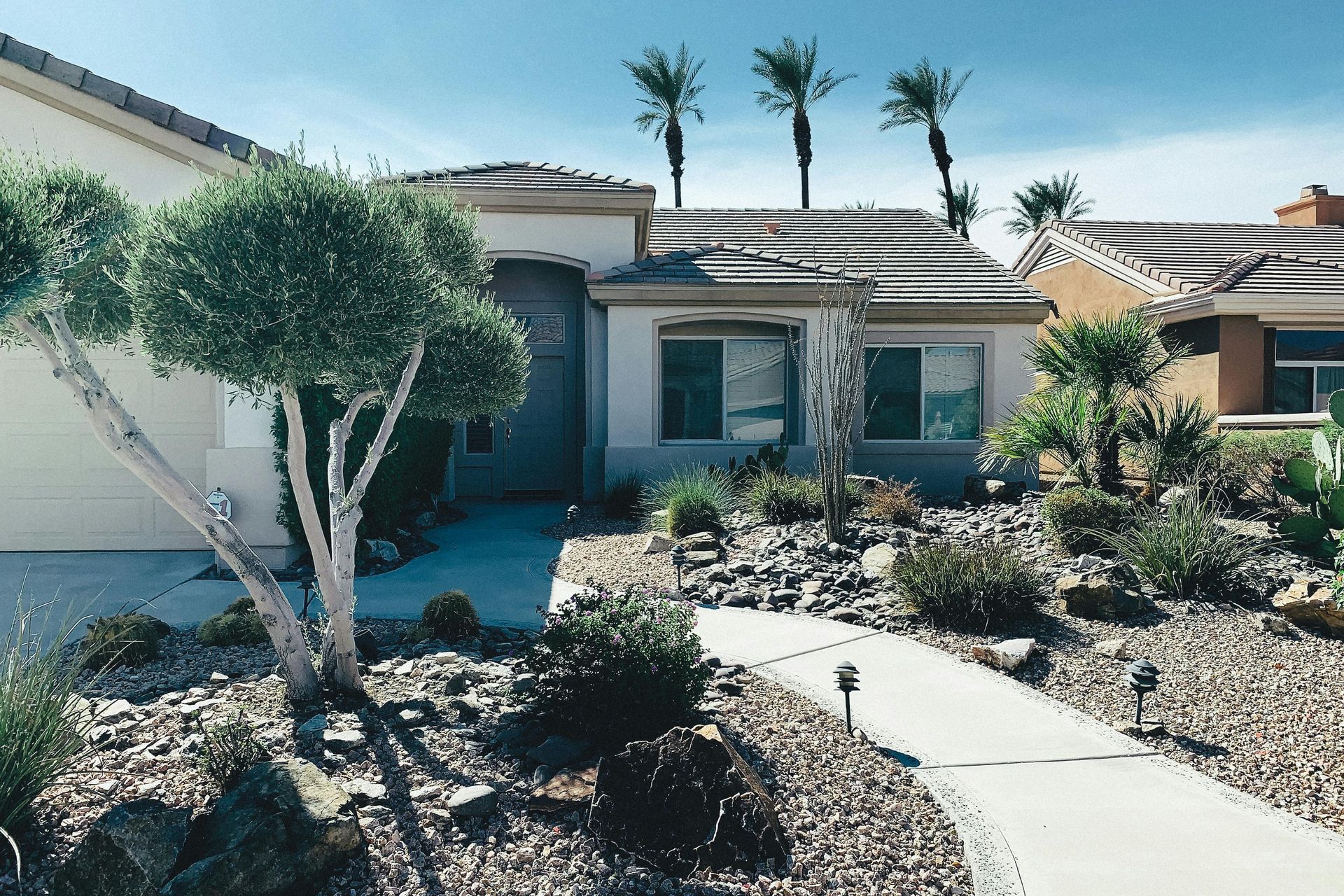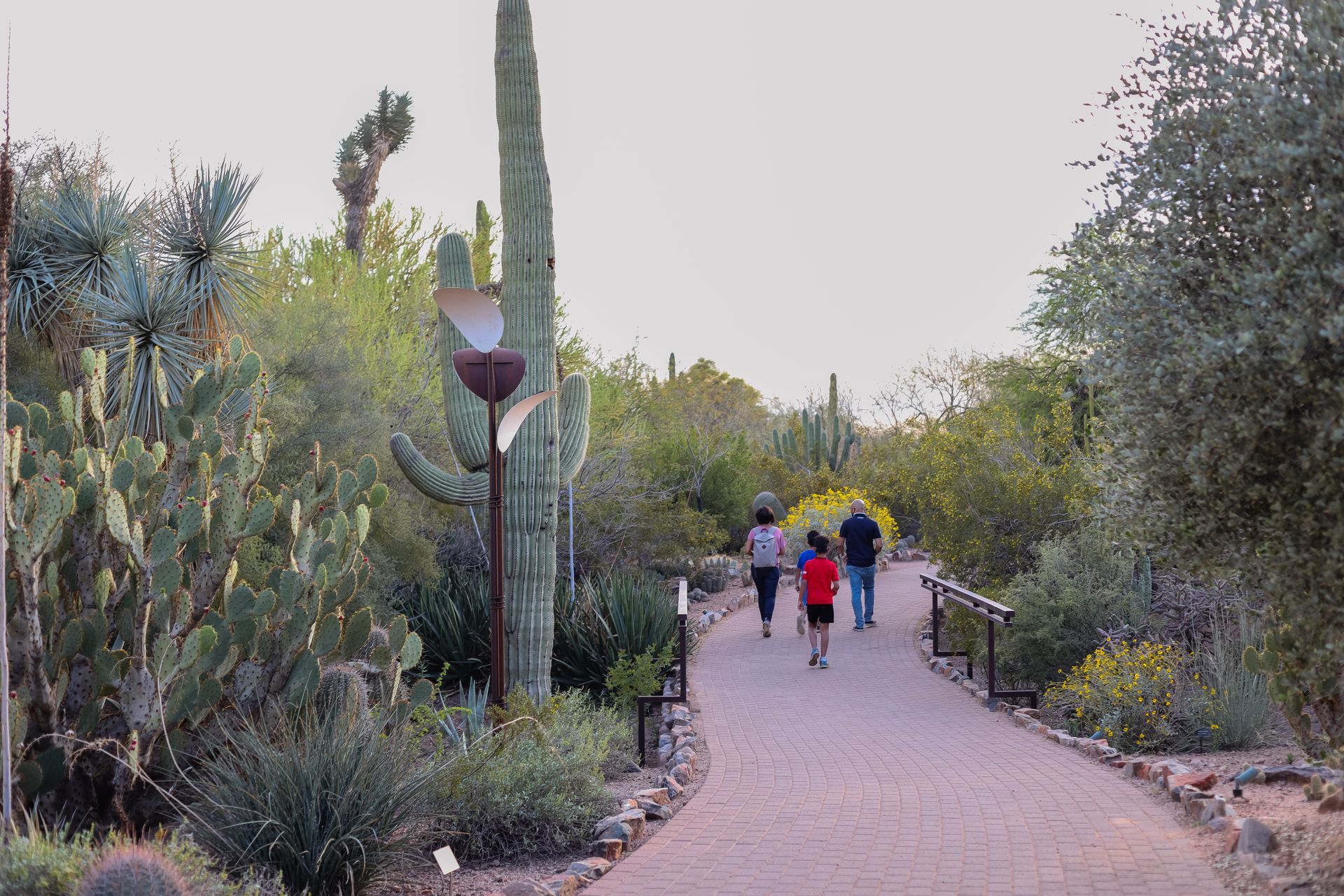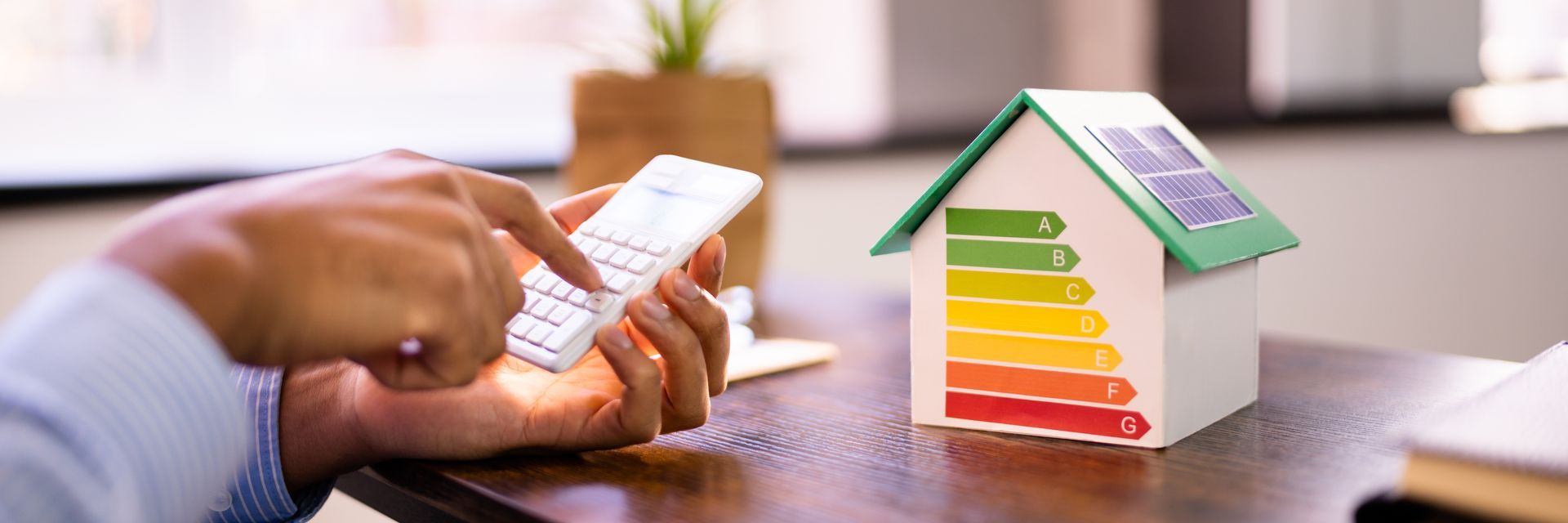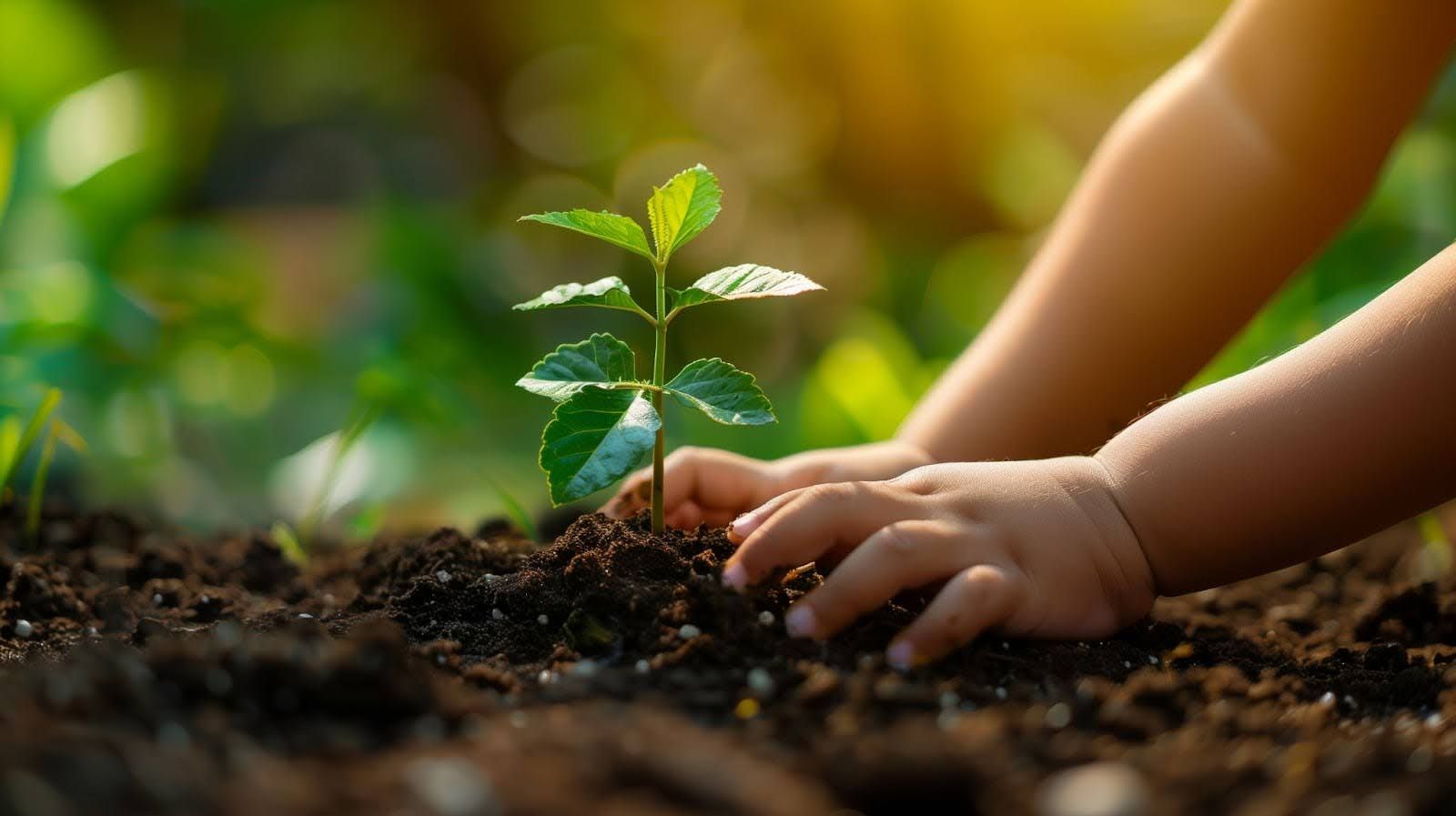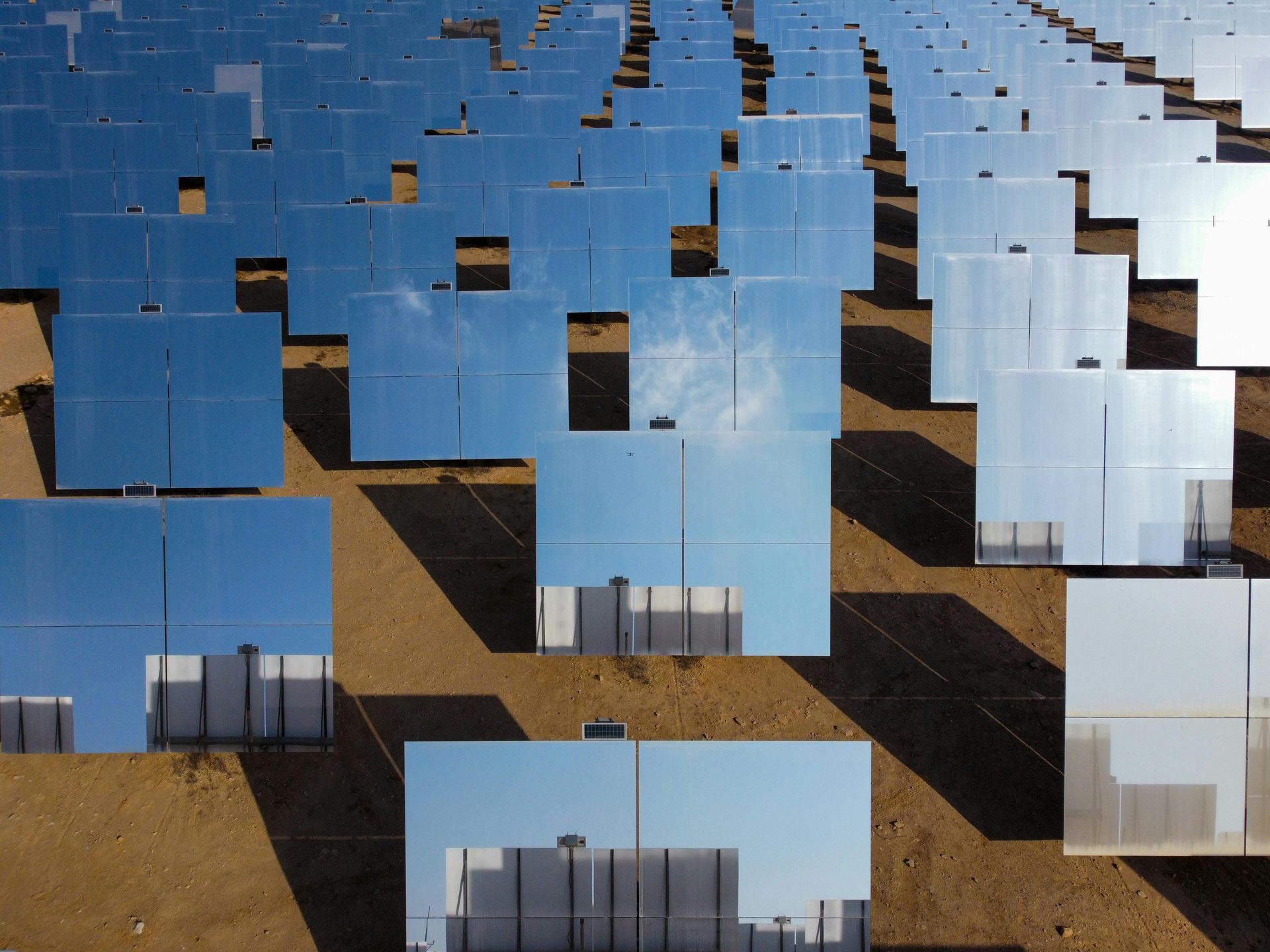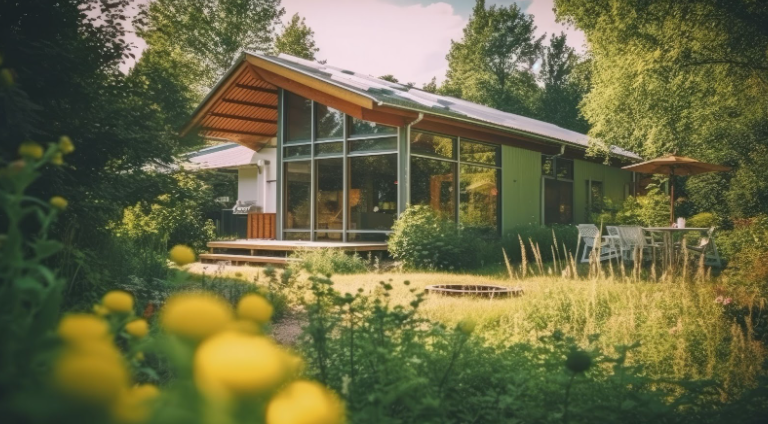Eco-Friendly Insulation Solutions for Desert Climates
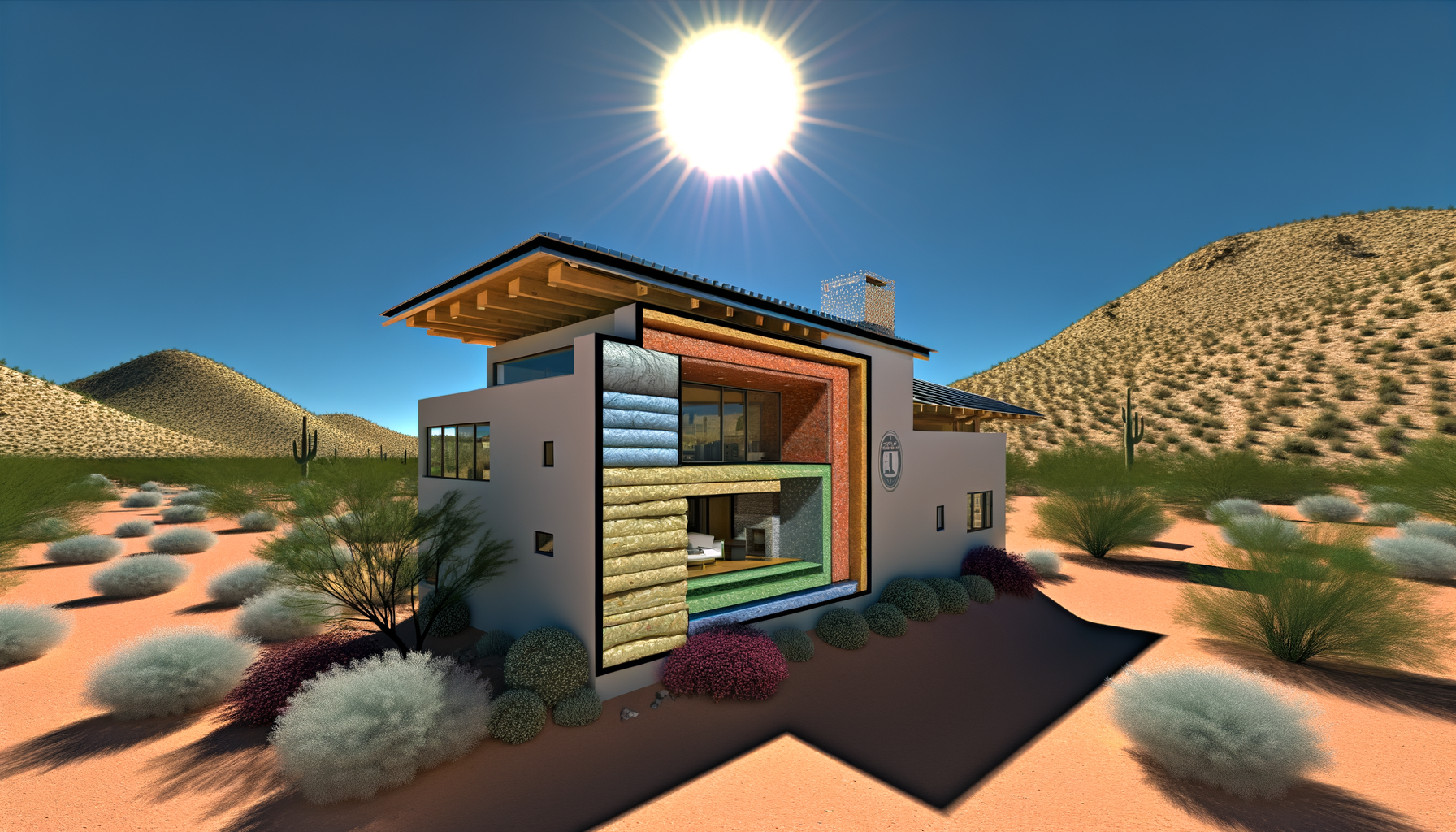
Living in a desert climate poses unique challenges for maintaining comfortable indoor temperatures year-round. Traditional insulation solutions often require high energy consumption, which isn't sustainable or eco-friendly. Modern, eco-friendly insulation solutions are changing this paradigm by providing an effective barrier against extreme desert heat and promoting sustainable living.
Understanding Desert Climates
In the vast extension of sun-drenched landscapes from Phoenix to the rocky terrains of Cave Creek, desert dwellers face a unique set of challenges when it comes to maintaining comfort within their homes. Desert climates, characterized by their scorching heat by day and often considerably cooler nights, demand much from our living spaces. For environmentally astute residents, the question remains: how can we mitigate these harsh temperature swings sustainably?
Effective insulation is key, proving to be an unseen hero who works around the clock. In these arid environments where the mercury can soar, the right insulation slows the invasive heat from permeating our walls during the day and equally retains a home's coolness when night falls. It's not solely about comfort either—choosing the correct insulation for a desert abode is pivotal in lessening the reliance on energy-intensive heating and cooling systems.
The Role of Insulation in Energy Conservation
Thick walls and deep foundations have long been the traditional refuge against the extremes of desert weather, but modern insulation materials offer a more sophisticated approach. Insulation acts as a barrier—resisting the unwanted transfer of heat—and is particularly valuable in desert environments where minimizing energy usage is as much an economic consideration as it is an ecological one.
For the residents of the Valley of the Sun, the implementation of top-notch insulation is not just a matter of personal comfort but an investment in sustainability. An effectively insulated home in Scottsdale, Phoenix, or Cave Creek is a bulwark against the energy drain typical of climate control, leading to both reduced greenhouse emissions and a significant decrease in energy bills. By prioritizing energy conservation through insulation, homeowners embrace a lifestyle of environmental stewardship while reaping the financial benefits.
Stay tuned for further insights into the varieties of eco-friendly insulation materials that are particularly suited to the challenges of insulating homes in desert climates.
Types of Eco-Friendly Insulation Materials Suited for Desert Climates
When it comes to selecting insulation for homes basking under the Arizona sun, eco-friendly options abound. These sustainable choices not only complement the desert aesthetic but also contribute to the long-term health of our environment. Let's explore some insulation materials that are both kind to the planet and ideal for Phoenix's arid temperatures.
Cellulose Insulation
Cellulose insulation, commonly made from recycled paper that's treated for fire resistance, offers a commendable choice. Its low thermal conductivity effectively slows the transfer of heat, and as a product that's majority recycled, it earns high marks for its environmental benefits. Its ease of installation makes it a go-to for both new homes and retrofitting scenarios in Scottsdale's many charming neighborhoods.
Mineral Wool Insulation
Another frontrunner is mineral wool insulation, or stone wool, derived from basalt rock and steel slag. This material has a high melting point, making it exceptionally fire-resistant—a welcome feature in areas prone to high temperatures. Its density lends itself not only to temperature regulation but also noise reduction, an attractive bonus for those seeking a serene desert sanctuary.
Radiant Barrier Insulation
In regions where the sun's rays are relentless, radiant barrier insulation presents an innovative solution. Its highly reflective surface, often made of aluminum foil, can be installed in attics to reflect heat before it permeates the living spaces below. It's particularly practical in locales such as Cave Creek, where homes appreciate a significant deflection of the sun's intensity.
While these materials are just the beginning, they serve as a testament to the strides made in the development of sustainable building practices. As we progress, so too does our ability to live harmoniously with the environment we so cherish, without compromising the comfort we deserve.
Innovative Insulation Technologies and Practices
Ahead of the curve and always evolving, the realm of eco-friendly insulation brims with innovative practices specially designed for the challenges and opportunities of the lush deserts of Arizona.
Structural Insulated Panels (SIPs)
Structural Insulated Panels (SIPs) stand out as a modern, energy-efficient building system. These prefabricated panels consist of an insulating foam core sandwiched between sheets of structural board, which can be used in walls, floors, and roofs. Their airtight construction reduces energy consumption drastically, making them ideal candidates for new construction projects in the service area.
Cool Roofing
Complementing attic insulation, cool roofing technology is a gem in desert home design, reflecting more sunlight and absorbing less heat than a standard roof. This can result in lower roof temperature and an overall cooler home, a celebrated trait as temperatures climb. Learn more about cool roofing and how it fits into an integrated approach to insulation.
The combination of these forward-thinking materials and technologies form the blueprint for not just sustainable houses, but homes that are integral components of eco-conscious living, reflecting the values held by residents throughout Phoenix, Scottsdale, and Cave Creek.
Case Studies: Desert Homes with Eco-Friendly Insulation
In the quest for sustainability, personal accounts and real-world examples shine a light on the effective application of eco-friendly insulation in desert climates. Drawing inspiration from local successes helps paint a vivid picture of what's achievable.
Anecdotal Evidence of Success
One such success story unfolds in a Scottsdale community where a residential project integrated cellulose insulation throughout. Not only did this choice contribute to lower utility bills, but the homeowners also reported a remarkable improvement in indoor comfort, a testament to insulation's role in creating an environmentally friendly living space.
LEED-Certified Buildings in the Area
Further testament to the area's commitment to eco-conscious building, numerous structures in Phoenix have earned LEED certification, the globally recognized symbol of sustainability achievement. These structures, recognized for their reduced greenhouse gas emissions and optimized energy performance, frequently feature advanced insulation solutions as a cornerstone of their design.
Incorporating Arizona's Cultural and Geographical Elements
Eco-friendly insulation isn't just about the materials; it's also about resonating with the cultural and geographical essence of Arizona. For instance, a Cave Creek residence employed natural fiber insulation, incorporating materials that reflect the town's rustic charm and connection to nature, all the while maintaining a low ecological footprint.
These stories convey the practical benefits of adopting green insulation practices and may serve as a blueprint for those contemplating eco-friendly renovations or construction in the Greater Phoenix area.
Mitigating Heat Transfer: A Guide to Installation and Best Practices
For insulation to perform at its peak, proper installation is crucial. Professional expertise can avert common pitfalls that may compromise insulation's effectiveness.
Choosing a Professional Installer
When selecting an installer, look for credentials and a portfolio that demonstrates experience with eco-friendly materials and desert homes. Expert hands ensure that the insulation not only serves its purpose but does so with the highest degree of energy efficiency.
Maximizing Insulation Effectiveness
To get the most out of insulation, it's advisable to pair it with other energy-saving practices. Seal all air leaks, ensure proper ventilation, and opt for energy-efficient windows to synergize with your insulation choice. By doing so, you're setting up your Scottsdale or Phoenix home for success against the desert heat.
By following these measured steps, residents of the service area can look forward to a home that's well-insulated, energy-efficient, and in harmony with the local environment.
Considering Local Resources and Materials
In constructing a sustainable home that stands the test of time under the Arizona sun, using local resources and materials not only supports the regional economy but also reduces the carbon emissions associated with transportation. Green building standards advocate for sourcing materials locally whenever possible, an action that aligns with the conservationist ethics of our community.
Imagine the benefits when Phoenix, Scottsdale, and Cave Creek homeowners choose insulation materials such as locally sourced adobe that has naturally high thermal mass or desert plants for green roofs that provide insulation while restoring the native landscape. These regional choices embody the spirit of living sustainably within our unique desert environment.
The Changing Landscape of Eco-Friendly Insulation
In line with the ever-growing commitment to green living, the landscape of eco-friendly insulation is constantly evolving. New materials and building techniques that minimize environmental impact are in continuous development, giving homeowners a wealth of options that converge with their ecological aspirations.
Industry advancements have also influenced the evolution of building codes and standards toward more environmentally responsible practices. These changes reflect a broader societal shift toward valuing sustainability and eco-friendliness in the spaces we inhabit, providing a promising outlook for future home buyers and builders in the Phoenix metropolitan area.
Cross-Reference to Wider Home Sustainability Initiatives
Equipping your home with eco-friendly insulation is just one aspect of a broader sustainability strategy. It is a cog in the wheel of a green lifestyle that also encompasses water conservation, solar power, and low-impact landscaping — all facets that our community holds dear.
By weaving together these different threads, residents can create homes that not only meet their comfort needs but also contribute positively to our environment. In this way, the proud homeowners in Arizona's desert landscapes can stand as exemplars of holistic, eco-conscious living.
Eco-friendly insulation is a powerful step toward a more sustainable future. It's a gesture that speaks volumes about our conscious choice to embrace a lifestyle that cherishes and preserves the natural beauty surrounding us.
For those keen on embedding such eco-innovations into their living spaces, remember that sustainable choices are not just about today. They are investments that ensure the vitality and richness of the Arizonian Desert for generations to come. Whether retrofitting an existing property or embarking on the journey of constructing a new eco-friendly home in Scottsdale, Cave Creek, or Phoenix, the positive impact of such choices is undeniable.
If you resonate with eco-friendly living and seek a home in Arizona that reflects these values, consider contacting
Danijela Quenzler Realty they are committed to guiding clients toward eco-conscious choices.
